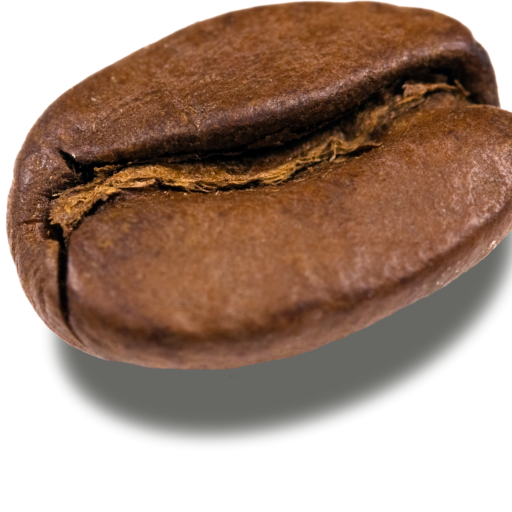connoisseurs
Caffeine in Coffee: What You Need to Know
Table of Contents
The caffeine in coffee varies widely depending on factors such as the type of beans, roast level, and brewing method. From a strong espresso shot to a creamy latte or a refreshing iced coffee, each beverage contains different amounts of this stimulant. This article delves into the science behind caffeine in coffee, compares its levels in various coffee types, and explores the health effects of caffeine consumption. By the end, readers will have a clearer picture of how much caffeine is in their favorite coffee drinks and what it means for their well-being.
The Science behind Caffeine in Coffee
What is caffeine?
Caffeine is a naturally occurring stimulant found in various plants, including coffee beans, tea leaves, and cacao pods 1. It has the chemical formula C8H10N4O2 and is classified as a purine alkaloid 2. This white, odorless substance has a slightly bitter taste and has a significant impact on the human body 2.
How Caffeine Works in the Body ?
When consumed, caffeine has a rapid effect on the body. It’s absorbed by the small intestine within 45 minutes, with peak levels occurring around 30 minutes after ingestion 2. Caffeine readily crosses the blood-brain barrier, allowing it to influence brain function 2.
The primary mechanism of caffeine’s action is through the antagonism of adenosine receptors 2. By blocking these receptors, caffeine increases activity in the brain and nervous system 3. This leads to various effects, including:
- Increased mental alertness and physical energy
- Elevated breathing and heart rate
- Enhanced circulation of chemicals like cortisol and adrenaline 3
The body metabolizes caffeine primarily in the liver, with the enzyme CYP1A2 playing a crucial role in this process 2. The metabolic half-life of caffeine is typically 3-5 hours, though this can vary among individuals 2.

Factors Affecting Caffeine Content in Coffee
Several factors influence the amount of caffeine in a cup of coffee:
- Coffee Bean Type: Robusta beans contain approximately twice the caffeine of Arabica beans 4.
- Roast Level: Contrary to popular belief, the roast level doesn’t significantly affect caffeine content. A study found only a 9% difference between light and dark roasts when measured by volume 1.
- Brewing Method: Full immersion methods tend to extract more caffeine than pour-over techniques 1.
- Grind Size: Finer grinds result in higher caffeine extraction due to increased surface area 1.
- Water Temperature: Hotter water extracts more caffeine from coffee grounds 1.
- Serving Size: Larger servings naturally contain more caffeine 4.
Understanding these factors has an impact on caffeine consumption, which is important as research suggests that 400mg per day or less is an acceptable caffeine intake for most adults 3.




